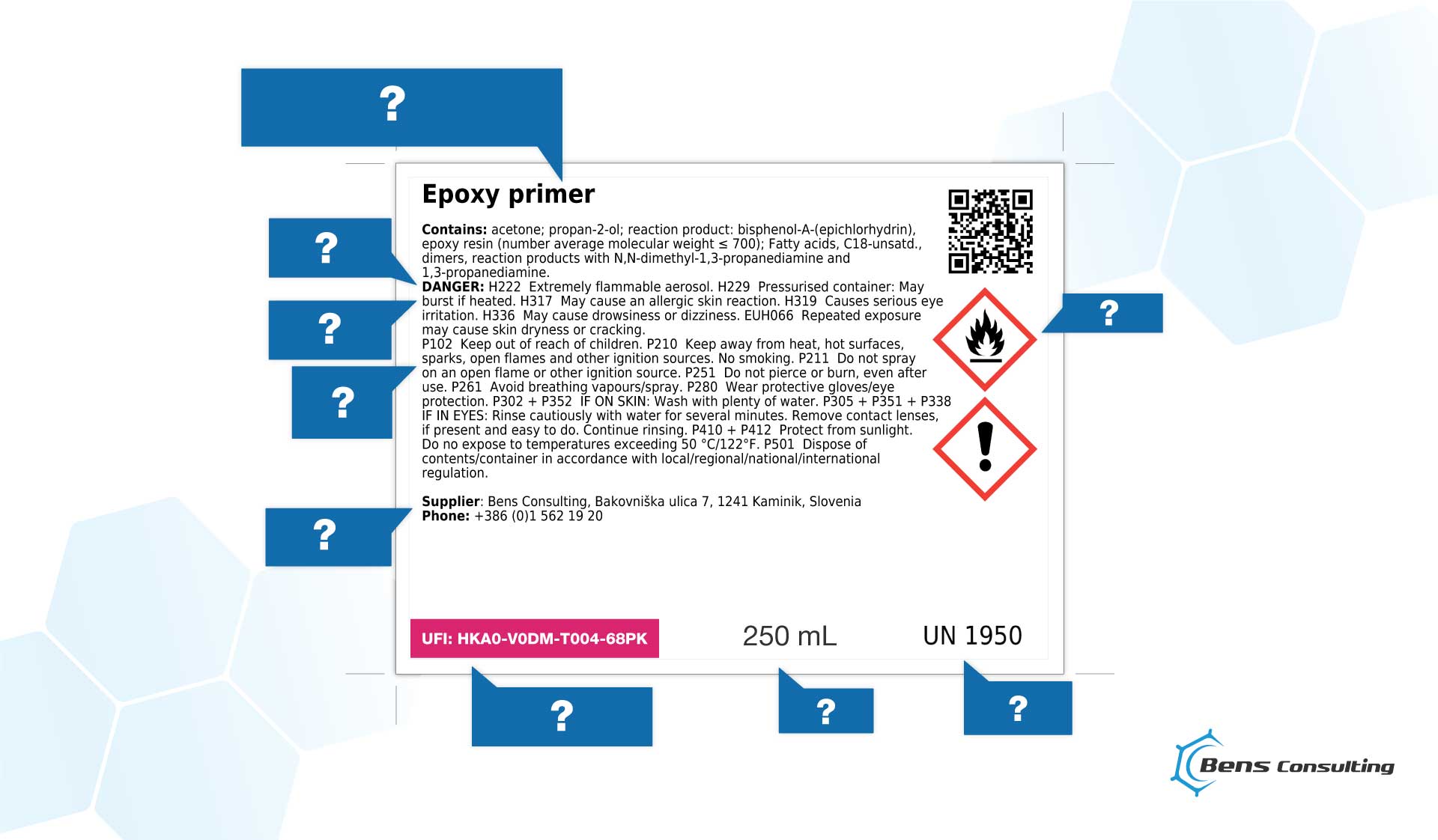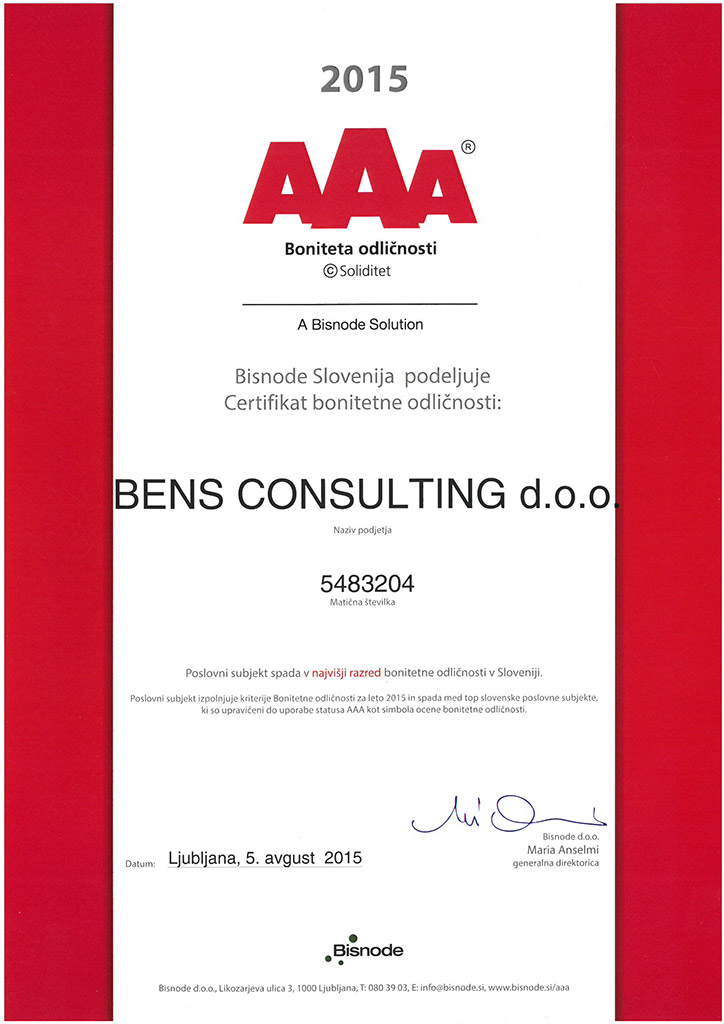
Have you, like many of our clients, ever wondered which label elements are a must have when selling dangerous chemicals?
Today's post is about finding the right line between a must have and good to have.
Let's start this journey with label elements. These are:
- name, address and phone number of the supplier(s);
- the nominal quantity of the substance or mixture in the package that is available for general use, except if the quantity is indicated at another place on the package;
- product identifiers (details enabling the determination of substance or mixture);
- hazard pictograms;
- signal words if necessary;
- hazard statements if necessary;
- precautionary statements if necessary;
- section for supplemental hazard information if necessary.
However, as is customary for chemical regulations, exemptions exist, particularly concerning hazard and precautionary statements.
In the following situations, the hazard and precautionary statements linked to the hazard categories outlined below may be omitted from the label elements:
(a) if the contents of the package do not exceed 125 ml;
(b) if the substance or mixture is classified in one or more of the following hazard categories:
- Oxidising gases of category 1;
- Gases under pressure;
- Flammable liquids of category 2 or 3;
- Flammable solids of category 1 or 2;
- Self-reactive substances or mixtures Types C to F;
- Self-heating substances or mixtures of category 2;
- Substances and mixtures which, in contact with water, emit flammable gases of categories 1, 2 or 3;
- Oxidising liquids of category 2 or 3;
- Oxidising solids of category 2 or 3;
- Organic peroxides Types C to F;
- Acute toxicity of category 4, if the substances or mixtures are not supplied to the general public;
- Skin irritation of category 2;
- Eye irritation of category 2;
- Specific target organ toxicity — single exposure of category 2 or 3, if the substance or mixture is not supplied to the general public;
- Specific target organ toxicity — repeated exposure of category 2, if the substance or mixture is not supplied to the general public;
- Hazardous to the aquatic environment — Acute of category 1;
- Hazardous to the aquatic environment — Chronic of category 1 or 2.
Next, precautionary statements associated with the hazard categories listed below may be excluded from the label elements if:
(a) the contents of the package do not exceed 125 ml; and
(b) the substance or mixture is classified in one or more of the following hazard categories:
- Flammable gases of category 2;
- Reproductive toxicity: effects on or via lactation;
- Hazardous to the aquatic environment — Chronic of category 3 or 4.
What about pictograms? Well, pictograms are directly linked to H statements. And if there are no H statements on the label, what happens then with pictograms?
The pictogram(s) associated with the hazard categories listed below may be excluded from the label elements when:
(a) the contents of the package do not exceed 125 ml; and
(b) the substance or mixture is classified in one or more of the following hazard categories:
- Corrosive to metals.
In a nutshell, diving into the world of label elements, hazard statements, precautionary measures, and pictograms might feel like a bit of a maze, but it's all crucial for keeping things above board with regulations.
Knowing when you can skip certain elements is like having a cheat code for stress-free labeling. And knowledge is the world's greatest weapon. Why guess when you can know? We usually do.
Interested? Let me know what challanges you face. Write to me at spela.hudobivnik@bens-consulting.eu.






 Back to posts
Back to posts

